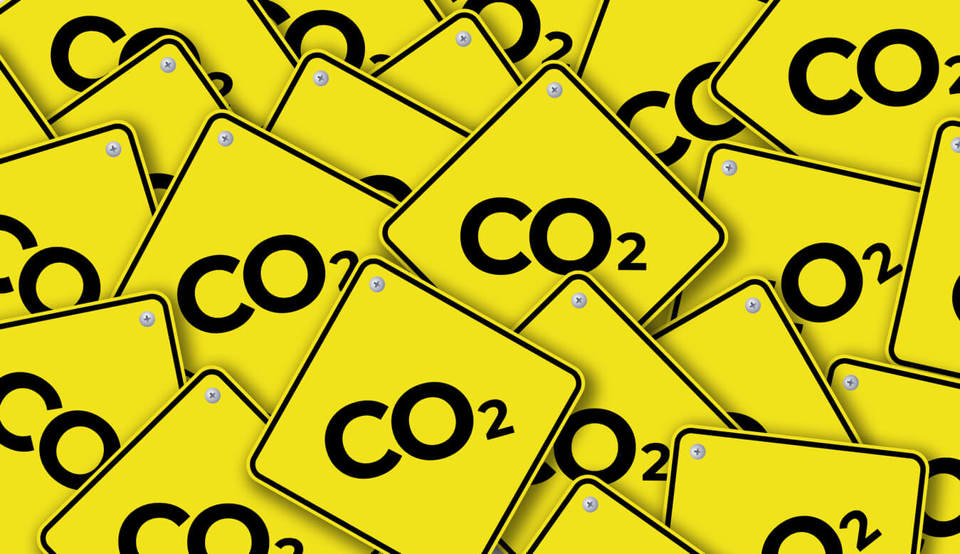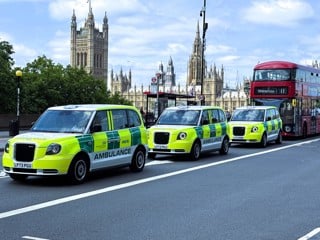CLM is urging fleets to set CO2 emissions caps at 140g/km, rather than 160g/km, in anticipation of future changes to the Capital Allowance threshold.
A Fleet News environmental survey in August 2009 found that 63% of fleets have introduced CO2 caps on their choice lists, with 65% of those favouring the 160g/km cap.
“By making the right vehicle choice now, fleet decision makers can make cost savings running into several thousand pounds over the typical three year life of a vehicle,” said Rob Wentworth James, head of sales and marketing at CLM.
ACFO chairman Julie Jenner added: “I know of quite a few companies that already have caps at 140g/km whilst others have started out at 160g/km with an agreed timetable of reduction.
“However, as cars continue to emerge with ever-reducing CO2 emissions I suspect that many of these targets will be reviewed as they may be reached or even exceeded in advance of the set dates.”
Warbutons has a five-band policy which starts at 140g/km, although the highest management grade is limited at 200g/km.
Adidas has four bands on its all-diesel fleet, rising from 130g/km in increments of 10g/km to 160g/km. Its policy is driven by company directors – crucial to its success, according to Adidas head of facilities Barry O’Connor.
“We pay significant incentives to downgrade – the whole culture of the company has changed,” he said.
Both companies have seen their CO2 emissions fall dramatically as a result of implementing a capping policy.
The Environment Agency was an early adopter of CO2 capping, introducing its restrictions in April 2007.
The policy has brought down average CO2 on cars to around 136g/km, well on the way to meeting the Government’s 2011 target for public sector bodies of 130g/km.
For more information on saving money for your fleet, check out the fleet news tools section.





















Login to comment
Comments
No comments have been made yet.